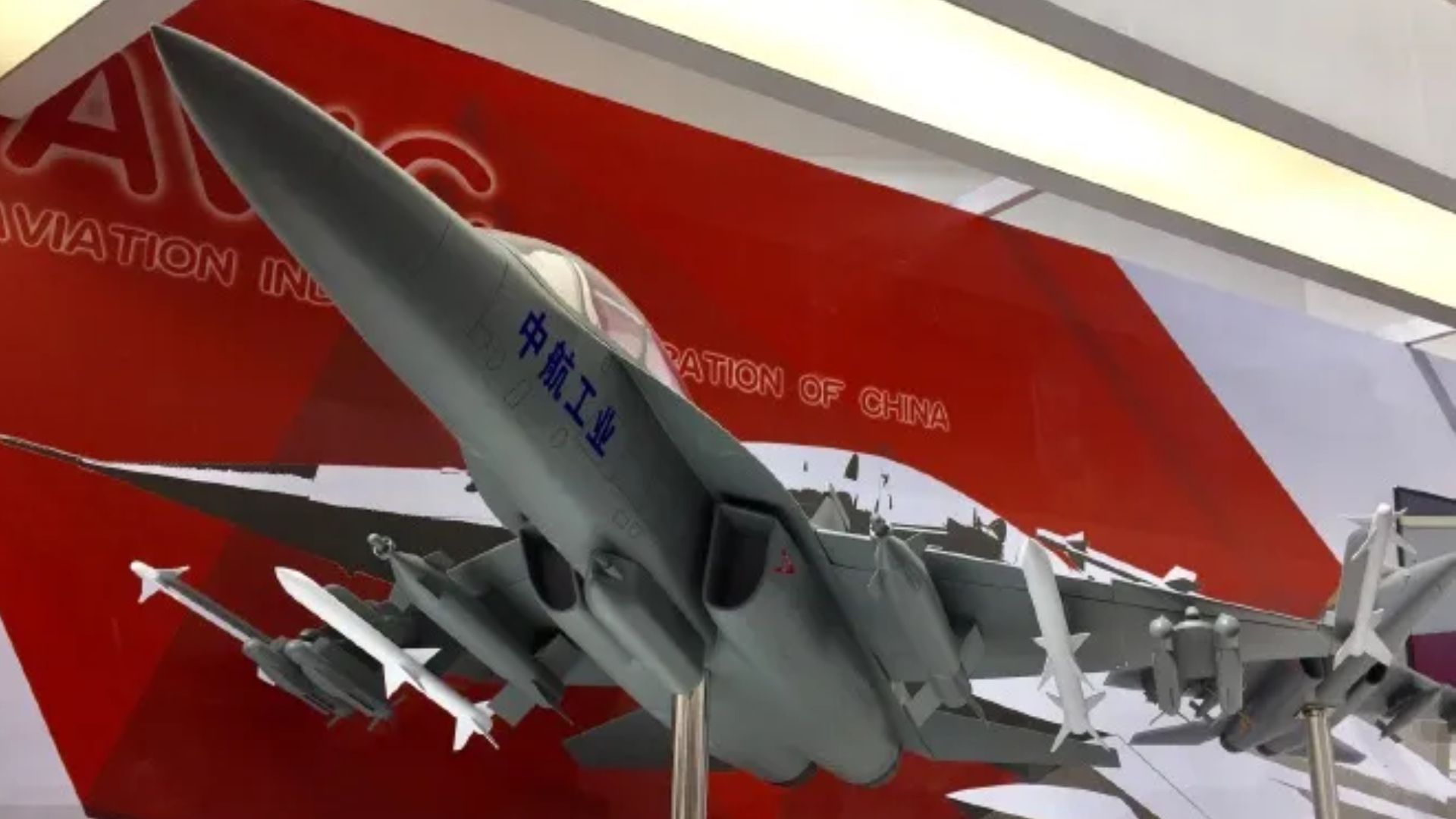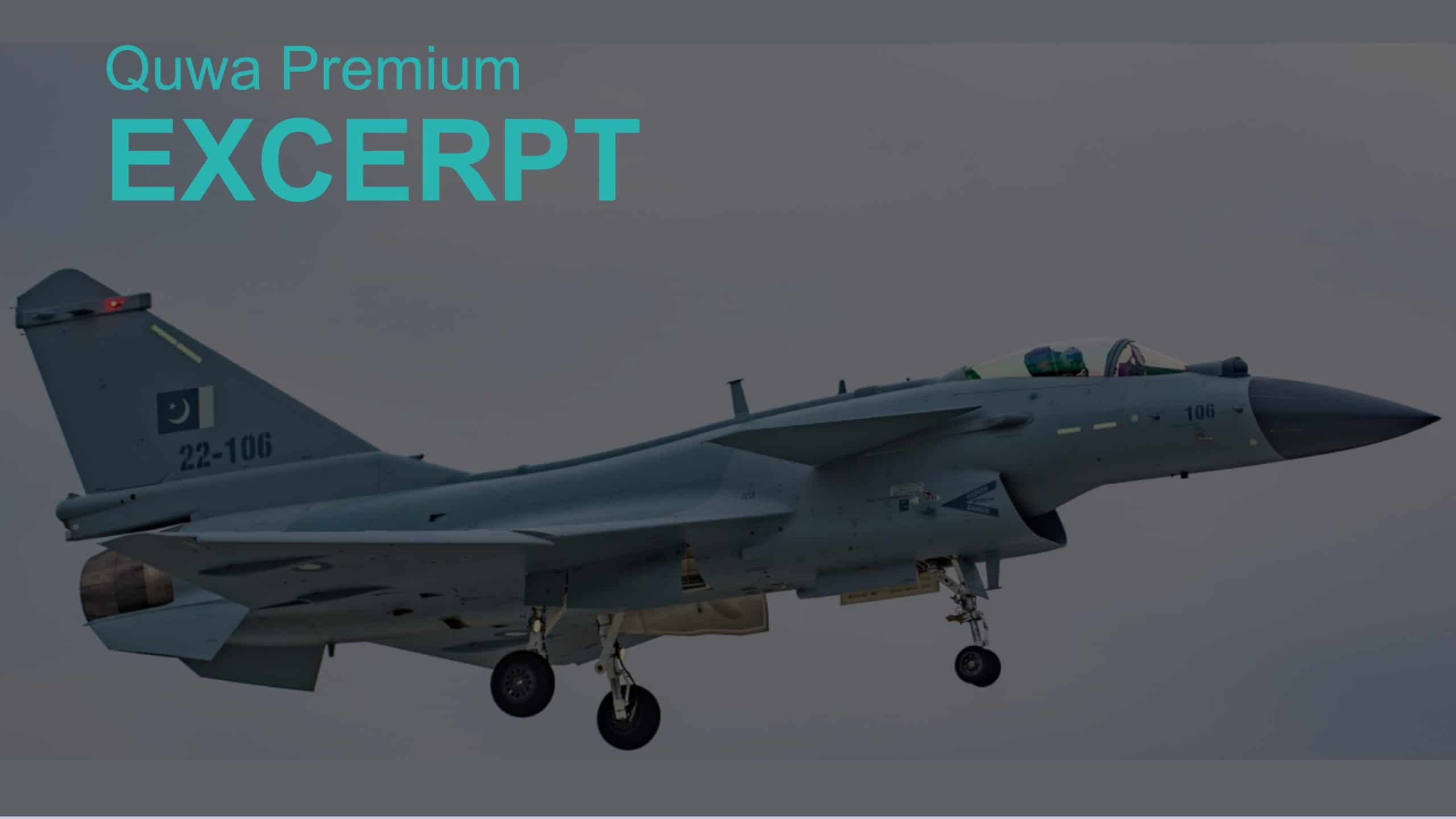14695Views

Why the Pakistan Air Force Must Rethink its Fighter Training Strategy Quwa Premium
Recently, Hongdu Aircraft Industry Group (HAIG) test flew a new lead-in fighter-trainer (LIFT), a twin-tail, twin-engine configuration with swept-back wings and reinforced landing gear, designed for carrier landings and intended for the People’s Liberation Army Navy Air Force (PLANAF). This would be HAIG’s third trainer program, following the L-15 and K-8, the latter of which is in service with the Pakistan Air Force (PAF).
However, as of 2023, the PAF was also planning to procure the L-15B to meet its own LIFT requirements. Granted, the PAF’s perspective of dedicated LIFT aircraft swung in different directions at different points.
In the early to mid-2010s, the PAF leadership viewed LIFTs as relatively expensive for the training role and believed that it could leverage the twin-seat JF-17B instead. However, in 2018, PAF planners changed their minds, signalling that they not only wanted a dedicated LIFT but preferred one with a multi-mode radar, a tactical data-link (TDL) system, and afterburning engines.
By late 2023, the HAIG L-15B had arrived in Pakistan for testing, and since then, no reports have been made about a deal being signed. Did the PAF change its mind (again)? While a possibility, other priorities (e.g., growing the air defence system) were earmarked over the LIFT. However, this author contends that the PAF will pursue LIFT aircraft; the evolving nature of air warfare demands it now more than ever. Moreover, the emergence of new threats (e.g., drones and loitering munitions) and issues (e.g., persistent low-intensity threat landscapes on the Afghan border) may merit one.
Why the PAF Was Unsure of LIFT Aircraft
In 2015, then PAF Chief of Air Staff (CAS), Air Chief Marshal (ACM) Sohail Aman, revealed that Air Headquarters (AHQ) evaluated several LIFT options. However, ACM Aman highlighted that the LIFT platforms it assessed at the time, namely the Korea Aerospace Industries (KAI) T-50 and HAIG L-15, were relatively costly to acquire and operate. In addition, ACM Aman highlighted that the dual-seat JF-17B could also be used for this role. In May 2017, it was revealed that the PAF would utilize its FT-7Ps in this role, with a new unit – designated ‘Shooter Squadron’ – being raised as a dedicated LIFT squadron in January 2018. Speaking to Quwa, retired PAF fighter pilot Air Commodore Kaiser Tufail said that the concept of a LIFT was a “marketing play” and that the human machine interface (HMI) of a K-8 would essentially be sufficient to acclimate pilots to 4th-generation fighters like the JF-17 or F-16, which currently form the mainstay of the PAF fighter fleet.
However, context matters. In the 2010s, the PAF was transitioning its force to modern 4th-generation fighter aircraft. This was an era before the advent of active electronically scanned array (AESA) radars, manned-unmanned teaming (MUM-T), long-range air-to-air missiles (LRAAM) with a range exceeding 140 km, multiple onboard sensors, and integrated electronic countermeasures (ECM), which would not only join the PAF fleet but also form its future mainstay.
End of excerpt. You’ll need to login or subscribe to Quwa Premium to access the full article.
Existing Quwa Plus/Pro members can log in below
Note: Logged in members may need to refresh the article page to see the article.


